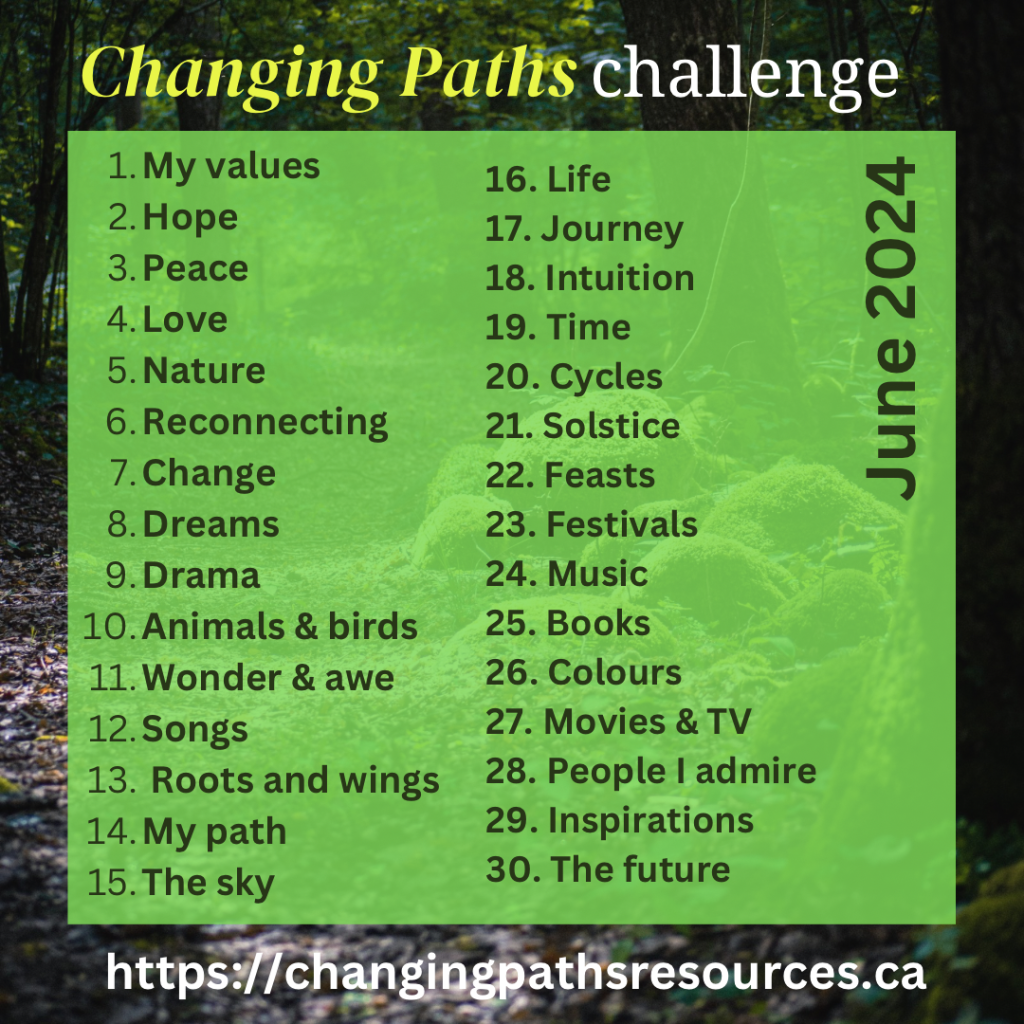Changing Paths challenge day 11: wonder and awe.
I experience wonder and awe in response to Nature, whether in the form of mountains, lakes, rivers, waterfalls, trees, or on a smaller scale such as the beauty of flowers or the complexity of a spider web.
In ancient times, the seven wonders of the world were human-made. In the medieval period, people found the natural world scary — mostly because it was full of large predators that might eat them. People were awed by large buildings like cathedrals (which are still awe-inspiring).
It was only in the 18th century that people began to see the beauty and grandeur of natural landscapes, and to learn about the wildlife (there had been botanists and plant collectors in earlier centuries, however).
The Romantic movement waxed lyrical about the Lake District in England, and the vast wildernesses of North America (unfortunately conservationists like John Muir didn’t care about the Indigenous people who lived there).
The increase in industrial activity made people yearn for the peace of the countryside. At some point there was a shift whereby more people lived in towns than in the countryside, and this created a desire to reconnect with Nature.
Together with a renewed interest in folklore and mythology, and a declining interest in Christianity, the conditions were created for the Pagan revival.
Many people make this transition to a Pagan worldview because they want to celebrate being alive instead of looking forward to a conjectural afterlife.
My award-winning book, Changing Paths, is about changing your spiritual direction in response to oppressive practices in your current religion. How do you figure out if it’s a permanent break with your current religion or just a blip? The book helps you navigate leaving one religion and joining another (or not). Available from all online bookstores.
